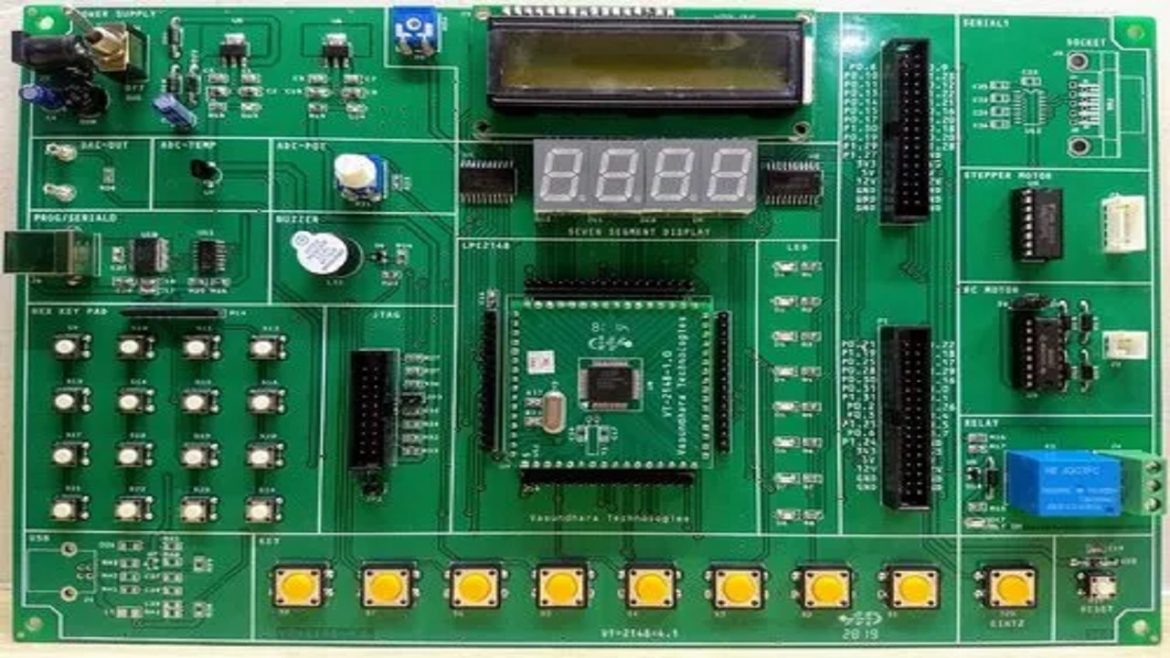As the rate of technological innovations goes up, computer system evolution is, therefore, greatly dictated by the evolution of embedded systems. A revolutionary change in this area is the general use of ARM (Advanced RISC Machine) processors. ARM technology was first developed to be used in straightforward, low-power functions and has since transformed into the driving force behind the coming generation of computers. Ranging from mobile phones to contemporary robotics, they form an integral part of ARM-based embedded systems that are changing the face of industries and the manner in which people interface with them. Manufacturers providing embedded solutions like Geniatech are always busy designing and manufacturing innovative systems. Go through the article to understand the role of an ARM Embedded System in innovating modern systems.
What is meant by ARM Embedded Systems?
More importantly, ARM embedded systems are based on ARM processors, which are famous for their performance at low power consumption with small chip sizes. These processors employ a concept known as Reduced Instruction Set Computing (RISC), whereby the number of instructions that the processor handles is few but complex compared to Complex Instruction Set Computing (CISC), where the number of instructions is many but straightforward. ARM-embedded systems use these processors in different devices and come up with unique solutions for particular applications- from communication technology to industrial use.
The Rise of ARM-Based Devices
ARM processors are also not limited to product categories such as smartphones or tablets. Lately, they have become a standard for numerous uses across an expansive variety of sectors. ARM-based chips are used in most smart TVs, wearable devices, automobiles, and even industrial robots. Because of its ability to provide good performance at low power levels—particularly when batteries are involved—ARM has become widely used.
Energy Efficiency: A Game Changer
ARM embedded processors built by Geniatech have other specifications that set them apart, one of which is energy efficiency. At present, where the need for robust, lightweight computing is on the rise, power consumption remains one of the major drivers influencing the design. ARM processors, therefore, consume less energy, save battery power, and do not have to be recharged almost as frequently.
Power consumption is significant in the design of embedded systems. Since IoT (Internet of Things) sensors, medical devices, and remote-control systems require high battery durability to work optimally, it is much more efficient to use ARM-based solutions to perform such jobs because such processors use little energy to process the data in question.
ARM’s Role in IoT and Edge Computing
ARM embedded systems are the cornerstone in the growth of IoT and Edge technologies. ARM-based chips in the IoT environment allow the device to interact, gather information, and perform on collected data at the zone level. This is particularly significant in edge computing, where data computing is done nearer to the source to minimize latency and bandwidth consumption. Current ARM architectures allow the development and deployment of machine learning algorithms with data processing capabilities that can run on edge devices that do not require a connection to cloud resources.
ARM in the Context of Artificial Intelligence
One of the most interesting fields where ARM embedded systems are noted to be making a considerable impact is Artificial Intelligence (AI). ARM’s architecture is targeted for AI workloads, which means running machine learning models directly on the devices, which is the main scheme of this project. This is particularly the case as AI processing extends toward more decentralized architectures where the edge of the network carries computational power.
ARM Embedded System designed by Geniatech applies AI in different ways, from biometric face identification established in security systems to personalized artificial assistants employed in smart homes. The new opportunity to train and run AI models on ARM-based systems makes them more efficient, faster responding, and privacy-preserving.
Future of ARM in Computing
ARM embedded systems in computing hold a very bright future. Thanks to the progress in the field of computing and new technologies, along with a higher level of integration and development in artificial intelligence, new tasks will continually be adopted by ARM architecture. It is an essential component of the digital environment of the future since it can power the next generation of computer systems, from smart cities to self-driving automobiles. Furthermore, new application domains like robotics, augmented reality, and quantum computing are made possible by the speed and programmability improvements of ARM-based CPUs.
Conclusion
ARM-based systems offered by Geniatech are on the cutting edge of providing the technology behind next-generation computers, with optimal power usage, flexibility, and speed. They can force advances in IoT, edge computing, and AI that are revolutionizing industries and the way we interface with technology. As these designs in ARM processors are improved, they will continue to be a surging force in defining the future of computing as a more intelligent, more sustainable, and more influential generation emerges.
